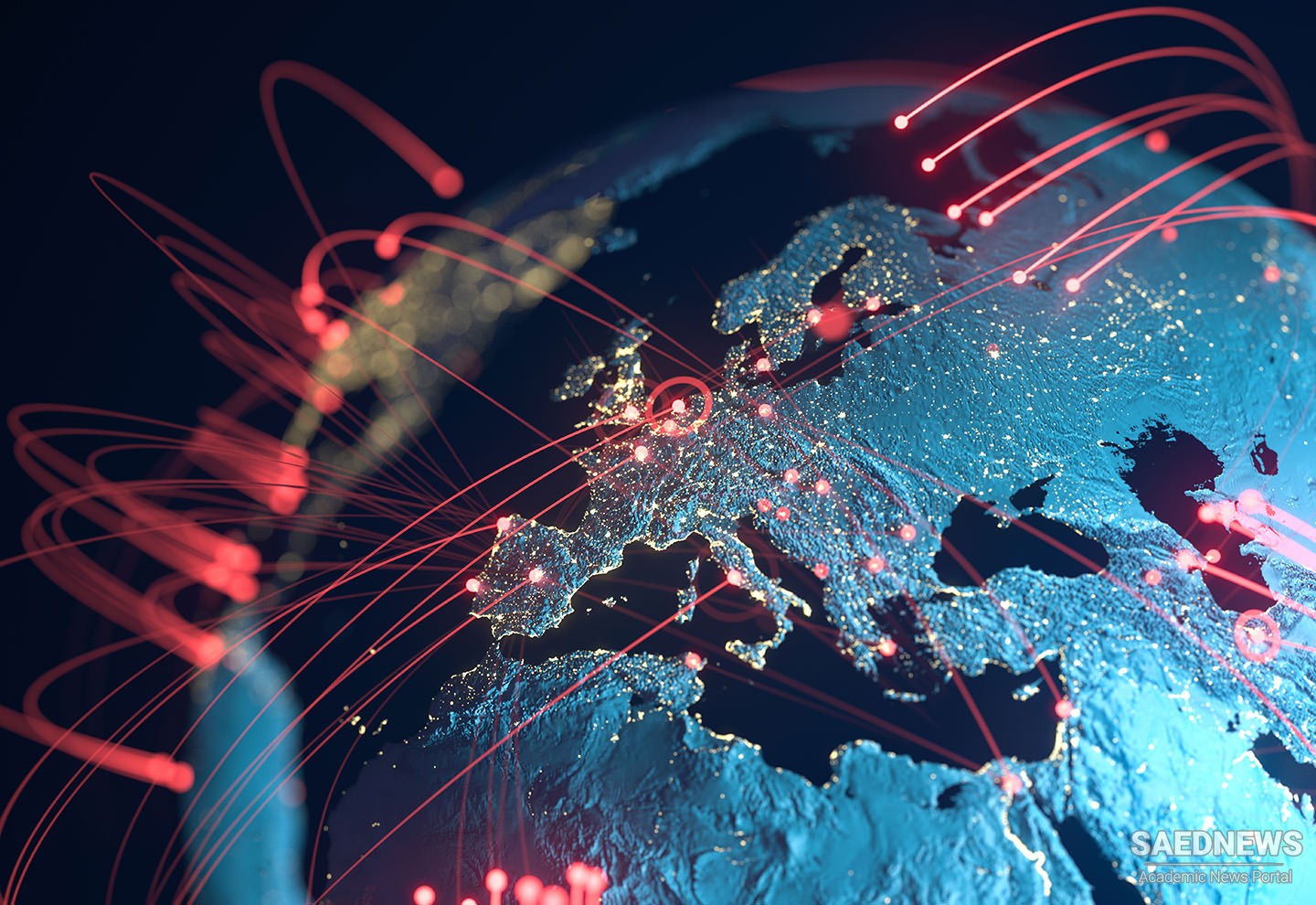The contemporary philosopher Simon May stated that ‘Fanfares for “cultural diversity” have come just when most of it has gone’. This is arguably a pessimist’s view of the globalisation process, yet it has some important implications for our sense of cultural identity and proclaimed need for cultural protectionism. Yet it could also be argued that post-war decolonisation, mass immigration and the growth of international tourism have all contributed to an enrichment of the world’s cultures, leading to a profusion of cultural diversity, and the creation of new, cosmopolitan cultural forms.
The world is apparently becoming a smaller place because of instantaneous transactions and communications, increased and faster travel, and technological innovations. English is becoming the global language, and culture is becoming more and more dominated by American or Western European models. The global economy tends to be led by a limited number of predominantly Western nations and corporations, who control and standardise economic and cultural production. There are therefore concerns that globalisation benefits only certain communities of the world and marginalises others, and it can have a significant impact on regional and local cultures, traditions and languages.
Robins describes globalisation as being about the dissolution of the old boundaries and structures of nation states and communities, and the increasing transnationalisation of economic and cultural life. He also sees globalisation as the growing mobility of goods, commodities, information, services and people across frontiers. Appadurai summarises these flows as:
• Ethnoscapes (e.g. flows of people, such as workers, immigrants, tourists). • Technoscapes (e.g. flows of information, communications, technology). • Finanscapes (e.g. flows of money, foreign exchange, financial transactions). • Mediascapes (e.g. flows of images, satellite television, twenty-four-hour news). • Ideoscapes (e.g. flows of ideas, such as politics, religion, environmentalism).
The world is characterised increasingly by international media, technology, communications, economics, transport and tourism. Time–space compression is largely a result of instantaneous transactions and transmissions, and the facilitation of global travel. Harvey discusses the concept of ‘time–space’ compression in some detail, especially in the context of the global city. He sees postmodernism partly as a response to a new set of experiences of space and time.
However, globalisation is clearly a complex and apparently contradictory phenomenon, which helps to create new spaces of commonality, but also new spaces of difference. As stated by Waters: ‘Globalisation . . . is a differentiating as well as a homogenising process.’ It may be viewed as a creative process which leads to the hybridisation of different cultural forms, but it can also be considered in terms of the homogenisation or standardisation of culture. Cultural hybridisation is arguably the exciting and liberating face of globalisation, whereby new cultural forms are created through the fusion of diverse elements. This is particularly evident in Western food, fashion and music, for example, where ethnic influences are becoming more and more pervasive. As stated by Beynon and Dunkerley:
Ethnicity no longer resides in the narrowly local, as is witnessed in the proliferation of ethnic cuisine, ethnic fashion, ethnic holidays and ethnic music. All over the globe there has been an indigenisation of music, art, architecture, film and food and what was feared by many (namely Western cultural domination) is becoming less likely.
Tourism is a global phenomenon and there are few remaining uncharted territories. However, the globalisation process is clearly an uneven and unequal one; as stated by Li, globalisation is not truly global. The monopolisation of the global economy and marketplace by multinational corporations has arguably led to a degree of manipulation in terms of the production and consumption of culture. This is an argument that is attributed largely to Adorno and Horkheimer, whose views could still be said to have some contemporary relevance.


 Politics of Cultural Tourism: Cultural Expansionism a New Hegemony Strategy
Politics of Cultural Tourism: Cultural Expansionism a New Hegemony Strategy














































